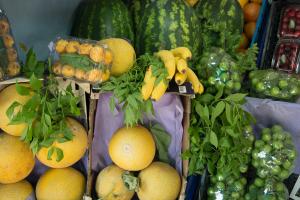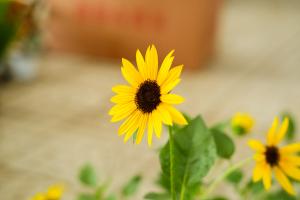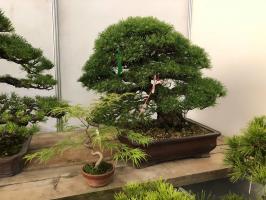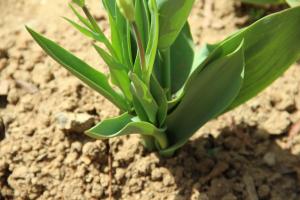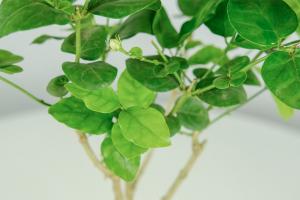Where Not to Plant a Jacaranda Tree
Jacaranda trees are stunningly beautiful, with their vibrant purple blossoms and sprawling canopies. They add a touch of elegance and sophistication to any landscape, and are beloved by many gardeners and homeowners. However, despite their allure, jacaranda trees are not well-suited for every location. Before planting a jacaranda, it's important to consider its needs and requirements, as well as its potential drawbacks. In this article, we'll explore some of the places where you should avoid planting a jacaranda tree.
Near Pools or Driveways
One of the biggest issues with jacaranda trees is their tendency to drop a large amount of debris, including leaves, flowers, twigs and bark. This can create a real mess, and is especially problematic if you have a pool or driveway nearby. Fallen blooms can clog pool filters or stain the surfaces around your pool, while debris can litter your driveway or create a slipping hazard when it rains. Jacarandas are also known for dropping large branches, so avoid planting them near structures or where people regularly walk or park.
In Small Yards
While jacarandas can grow to impressive heights and widths, they are not suitable for small or narrow yards. These trees can easily overwhelm a small landscape, and may encroach on nearby buildings or power lines. Plus, jacarandas require plenty of space to spread their branches and roots, so planting one in a cramped yard can result in a tree that is stunted, poorly-formed or sickly.
In Cold and Frosty Climates
Jacarandas are native to warm, tropical and subtropical regions, and as such they do not fare well in cooler or frosty climates. These trees are sensitive to cold temperatures and can easily be damaged or killed by frost or freezing weather. Avoid planting jacarandas in areas where the winter temperatures regularly drop below freezing or where icy conditions are common.
In Gardens with High Water Tables
Jacarandas like moist soil, but they do not do well in areas with high water tables. In these types of gardens, the soil is often saturated with water, which can lead to root rot, fungal diseases, and other problems. If you have a garden with a high water table, it's best to avoid planting a jacaranda tree.
In Urban Environments
While jacarandas are beautiful trees, they are not well-suited to urban environments. These trees can attract pests such as mealybugs and whiteflies, which can infest nearby plants and trees. Additionally, jacarandas can be easily damaged by pollution, construction and other urban stressors. If you live in a densely populated area, it's probably best to choose a different type of tree for your garden.
Conclusion
If you're thinking about planting a jacaranda tree, it's important to choose the right location. Avoid planting near areas where debris can be a problem, and be sure to select a site with plenty of space and good drainage. Additionally, make sure to choose a location that is suitable for the tree's needs and is unlikely to cause stress or damage. With proper planning and care, a jacaranda tree can be a stunning addition to your landscape.

 how many times do yo...
how many times do yo... how many planted tre...
how many planted tre... how many pine trees ...
how many pine trees ... how many pecan trees...
how many pecan trees... how many plants comp...
how many plants comp... how many plants can ...
how many plants can ... how many plants and ...
how many plants and ... how many pepper plan...
how many pepper plan...